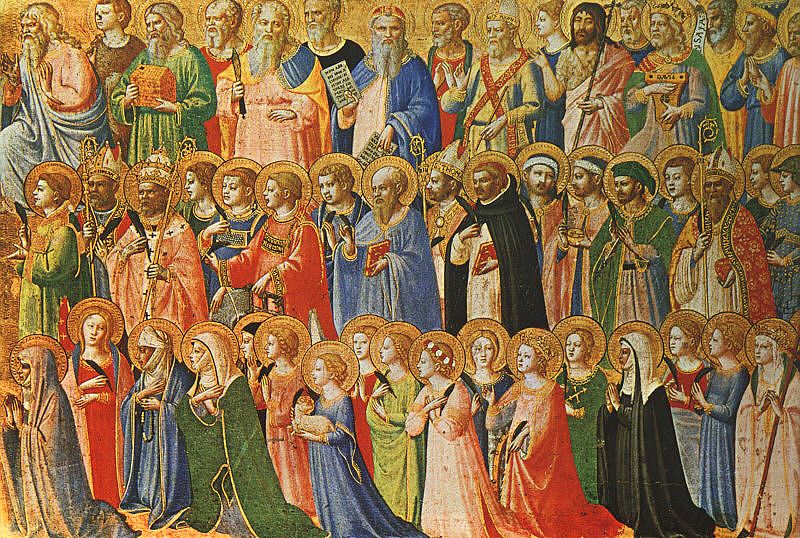
Caravaggio, Public domain, via Wikimedia Commons
The Eastern Churches sometimes name him “the first called”, reminding us that it was the future Saint Andrew the Apostle and “the other disciple” (almost universally assumed to be Saint John the Evangelist) who first followed Jesus (see John 1:40). How the world would have changed if Andrew hadn’t listened when John the Baptist pointed out a particular man and called him “the Lamb of God”! And what if Andrew hadn’t then followed that amazing man (who was not a mere man) and then introduced him to his brother, Peter?
Saint Andrew’s feast day on November 30 reminds us that everyone needs to be introduced to Jesus Christ. After we have said yes to Christ and acknowledged our need for a Savior, we need to share that relationship with others. Like Andrew, sometimes all we need to do is to tell our family members and friends that, “We have found the Messiah” (John 1:41), the One who can save us from sin, death, suffering, betrayal, loneliness, depression, and our own pride.
There is a very old Catholic tradition of praying a novena from Saint Andrew’s feast day until Christmas Day. By saying the following simple prayer fifteen times a day for the twenty-five days until Christmas, this prayer not only helps us prepare spiritually for the Birth of Christ (as opposed to being swept away in the purely secular and very busy event celebrated by our culture), it can also help us become a saint like Saint Andrew. That is, become a Catholic who is ready and willing to introduce a friend to Jesus Christ.
Hail, and blessed be the hour and moment at which the Son of God was born of a most pure Virgin at a stable at midnight in Bethlehem in the piercing cold. At that hour vouchsafe, I beseech Thee, to hear my prayers and grant my desires. (Mention your intentions here.) Through Jesus Christ, His Most Blessed Mother, and dear Saint Joseph.
See also PrayMoreNovenas for help in praying this Christmas novena.
Saint Andrew the Apostle, show me how to become a saint.








